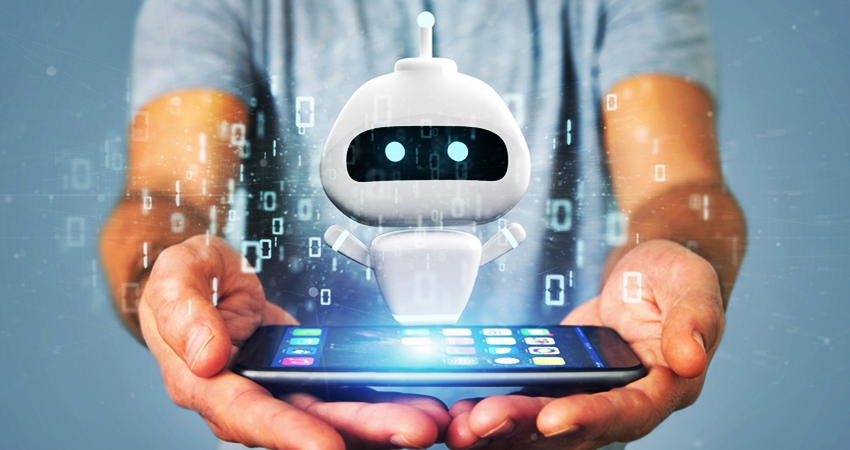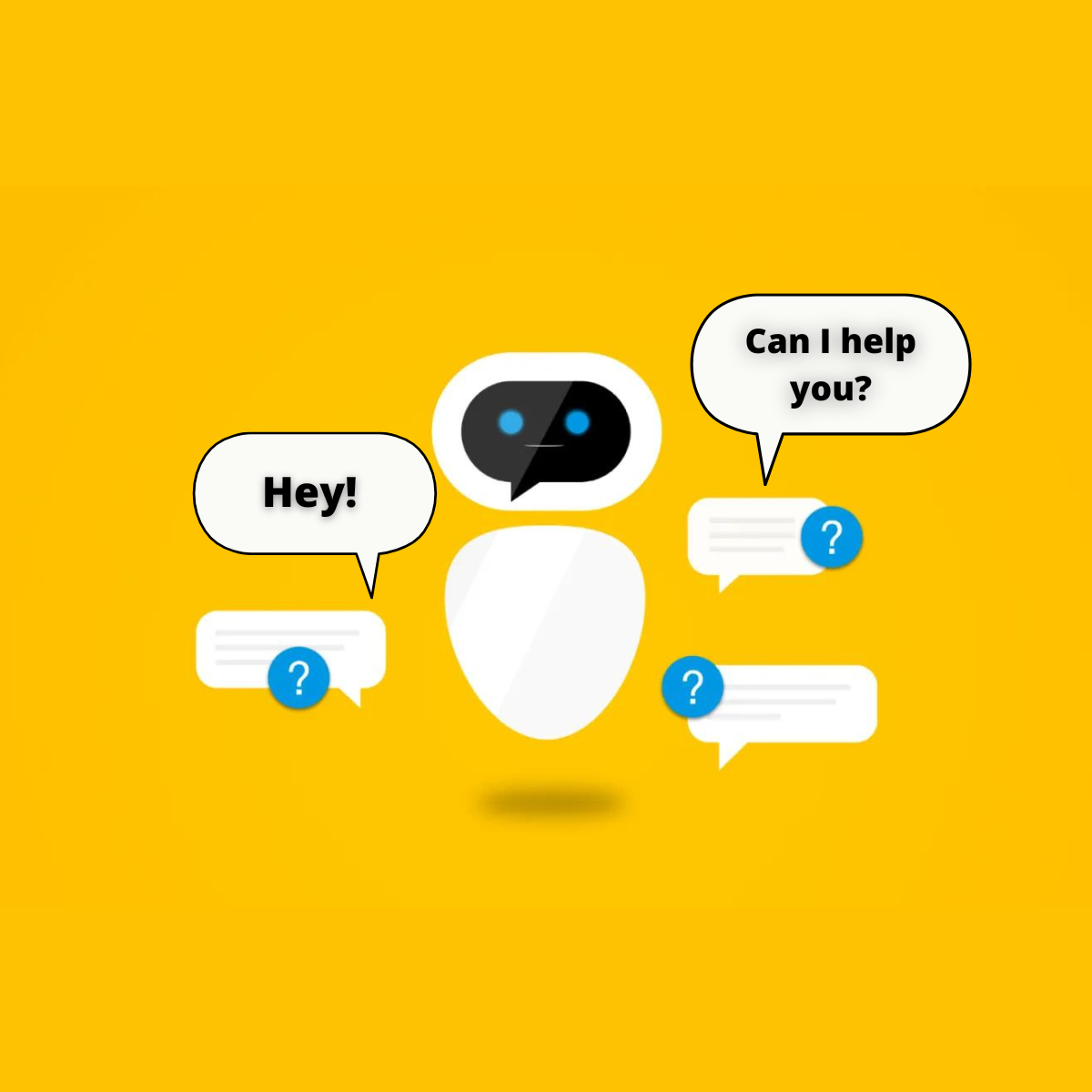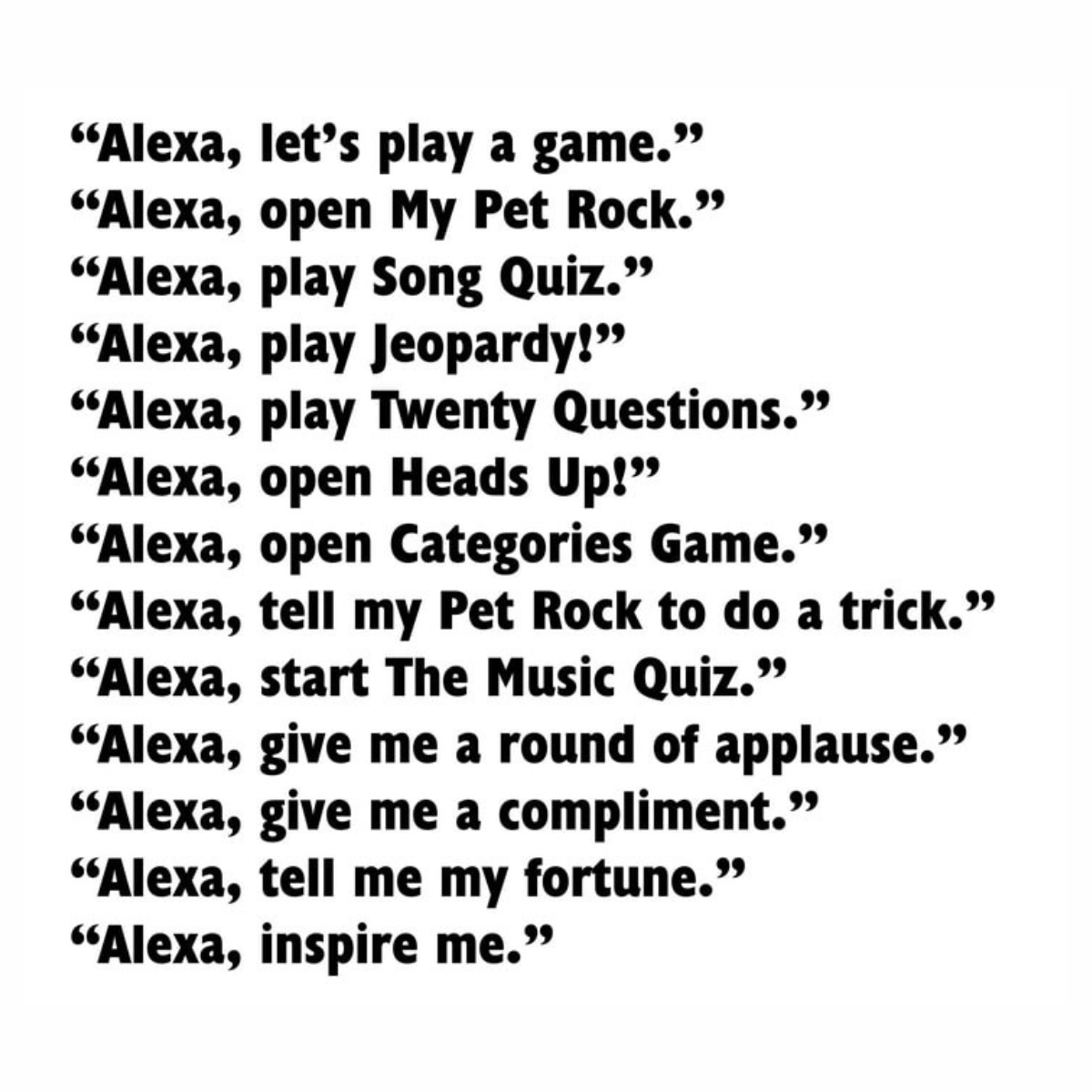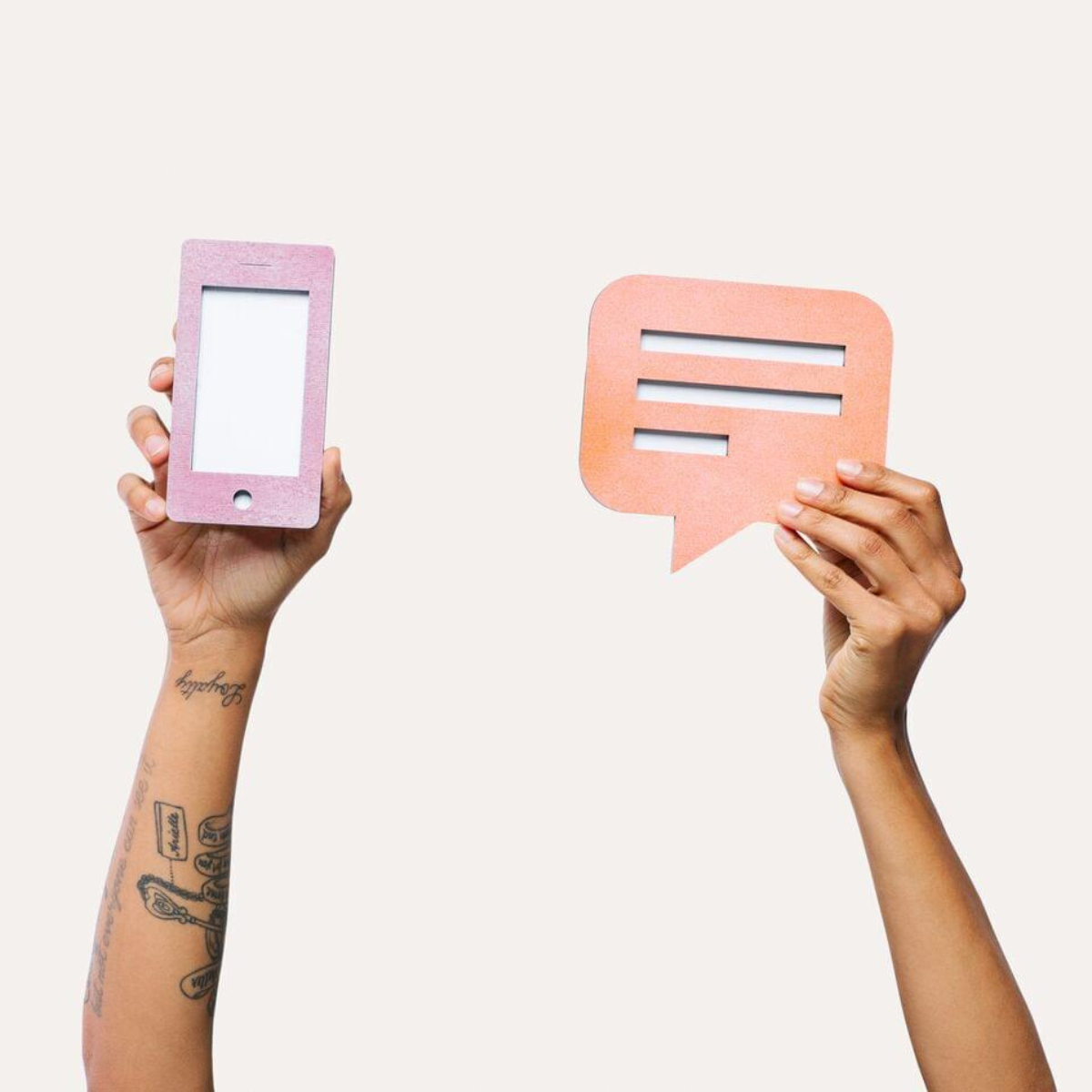
All Hail Chatbots!
Life before chatbots
I booked a flight last night using Yatra.com as I was losing on time, and honestly, the yatra bot proved to be a savior. This made me realize how technology has transformed the world and introduced us to convenience. As I sit here writing this blog, imagining our lives without technology seems difficult; which makes me wonder - how must life have been before the virtual assistants came into existence???
I guess it all started with writing letters, which took like forever (or what seemed like forever) to reach the recipient. Then came telegraphs, but simply the thought of encrypting your message before sending it feels tiresome.
Years later, the fax machine enabled us to communicate text messages and photographs across phone lines. Unfortunately, the earlier machines were expensive, and a tangible copy of the message was required. Urgh…
Next came the voicemails, but we were put off by the “Please leave a message… BEEP…” thing. Voicemails were followed by emails. Again, our considerate emails lay forgotten among many social and promotional messages.
People then created instant messengers. As the name suggests, it was the first instant messaging service. Around the same time, SMS texts came into the picture and they just transformed the way people connected with each other.
Finally, people were introduced to -"Live chat" somewhere around 1973. It helped us send and receive messages instantly. We no longer have to wait for someone’s reply for weeks and months. With live chats, communications are always happening. People have a means of communication where they can reach one another at any given time from any given place.
As technology advances, these communication platforms are continuously evolving and adapting to user needs. They've practically covered all the business domains, allowing companies to fulfil customer expectations. Businesses are trying to reach 24/7 customer-friendliness with the help of chatbots. That brings us to the evolution of chatbots.
The evolution: From Turing machine to Alexa
Chatbots have been in use for a while, but they have only recently acquired popularity among customers and businesses alike.
The evolution of chatbots has been remarkable, starting with the Turing machine and continuing with ELIZA, Jabberwacky, A.L.I.C.E., SmarterChild, and others. However, because NLP and machine learning were still nascent concepts at the time, old-school chatbots weren't totally human-like. They were built to recognize keywords and provide precise replies to requests.
People felt chatbots were unable to understand their questions and were often frustrated with, "Sorry, I cannot understand." It only gave off-the-mark responses and did not solve complex problems. However, this is changing for the better, and the evolutionary journey has continued ever since...
The thing about chatbots

We've all been in the situation as customers when we have a pressing question that has to be answered and we check, but the store is closed and we can't call.
We end up searching their FAQs and surfing their website, but end up getting frustrated.
Hey! How can I help you? A chatbot pops up. Finally, you can have your questions answered and get on with your day.
So, what's all the buzz about chatbots?
Chatbots help businesses to be available for their customers 24/7 and help them with all their doubts. These virtual communication platforms are basically human simulators providing an exceptional customer experience.
A chatbot, at its most basic, is computer software that imitates and processes human conversation, allowing people to communicate with digital gadgets as if they were speaking with a real person.
Chatbots can range from basic programmes that respond to a single-line simple questions to complex conversational interfaces that provide greater levels of personalization.
Make way for Alexa!

Chatbots have become smarter with time. Modern chatbots can interpret emotions, sarcasm, and intentions, and also write poems and stories.
Perception and cognition have seen some of the most significant advances in AI and machine learning in recent years. Voice recognition still has a long way to go, but Apple, Amazon, and Google have made huge strides in the field with Siri, Alexa, and Google Assistant, respectively.
Amazon created an intelligent personal assistant - Alexa. All you have to do is say "Alexa, play songs from Titanic" or "Alexa, find me a great hotel nearby," and she helps you out, very seamlessly. How wonderful is that!
Users can ask simple and complex queries, browse the web, play songs, create task lists or shopping lists, set alarms, download podcasts, listen to audiobooks, get news headlines or weather reports, manage smart-home appliances, and much more using their voice.
Getting to know Conversational AI
Businesses are evolving to meet customers' requirements for around-the-clock communication as their demand for conversational AI platforms grows.
Conversational artificial intelligence (AI) refers to technology that users can interact with, such as chatbots or virtual agents. A huge amount of data, ML (Machine learning), and NLP (Natural language processing) are used to help simulate human speech, recognize speech and text inputs, and interpret their meanings across several languages.
Consider conversational AI as the "brain" that drives a virtual agent or chatbot. It includes a number of technologies that work together to offer efficient, intelligent communication via text and speech by understanding user intent, analyzing language and context, and reacting in a human-like manner.
Bottomline - Chatbots are here to stay!

As per Juniper Research, by 2023, chatbots will save the retailing, banking, and healthcare industries $11 billion in customer support queries alone, with over 2.5 billion hours saved.
Chatbots will not only aid with customer interactions on company websites but they will also be used increasingly in brand applications, with apps accounting for 50% of chatbot usage. So, yes, chatbots have a promising future.
When AI is combined with the advancement of 5G technology in the near future, enterprises, employees, and customers are likely to benefit from advanced chatbot features such as rapid recommendations and forecasts, as well as easy access to high-resolution video conferencing via a conversation. These and other possibilities are being investigated and will grow rapidly as internet connectivity, AI, NLP, and other technologies become available.
Chatbots are expected to become much more human-like in the next five years as deep learning and artificial intelligence advance. Voice bot innovation — such as Google Assistant, Microsoft Cortana, and others — is one of the most promising technologies in Martech development that enterprises can employ to collect more customer enquiries and enhance customer engagement.
Eventually, every person can have a fully functional personal assistant right in their pocket, making our world a more efficient and connected place to live and work.
.…………………………………………………………………………………………………………….
To conclude, Chatbots are here to revolutionize and create a better Martech future! Let us know your thoughts about chatbots at contact@invimatic.com
Let's discuss your project